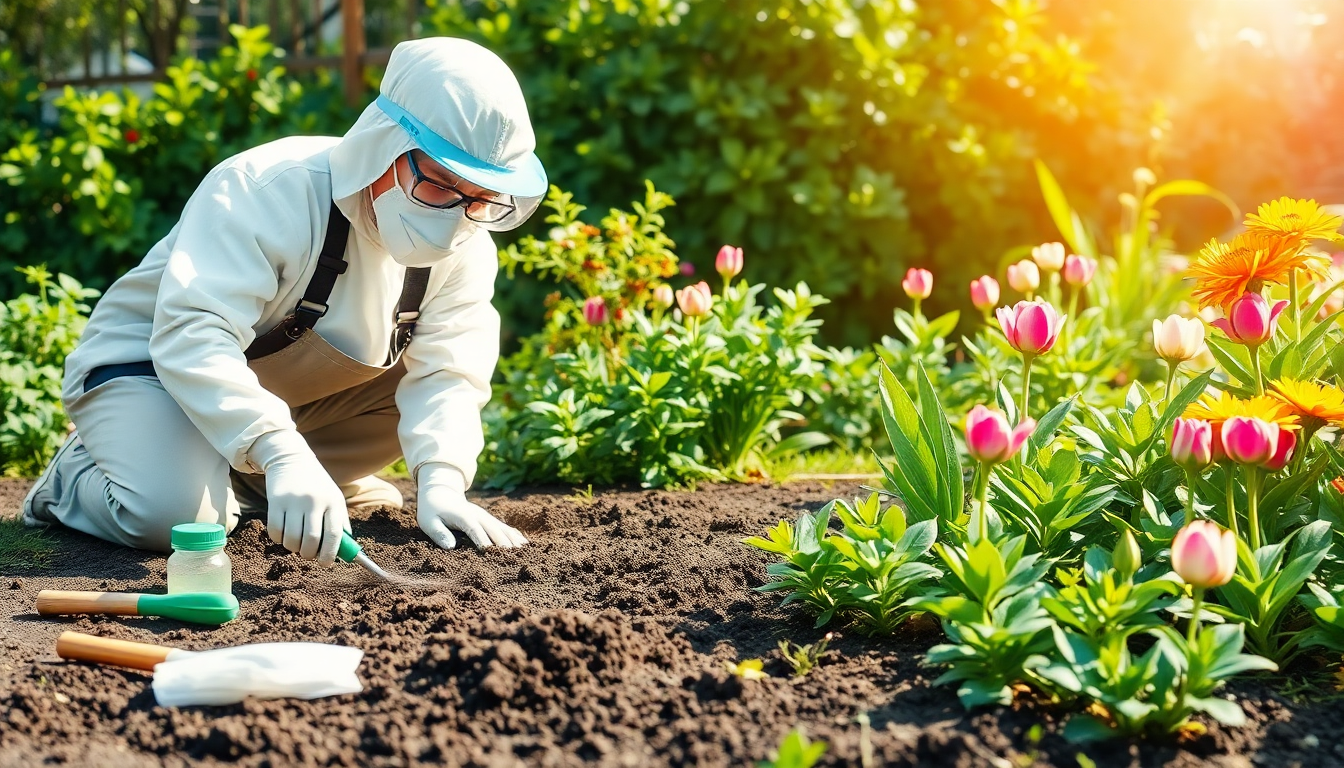As the sun rises on a crisp spring morning, you step outside to admire your vibrant flower beds, only to be met with a disheartening sight – a telltale sign of mold creeping across the soil. This unsightly and potentially harmful fungus can quickly take over your outdoor oasis, threatening the health and beauty of your beloved blooms. But fear not, gardening enthusiasts! In this comprehensive guide, we'll explore the causes of mold in flower beds and uncover the most effective strategies to reclaim your garden's lush splendor.
Understanding Mold in Flower Beds
Mold, a type of fungus, thrives in damp, humid environments, and outdoor flower beds can provide the perfect breeding ground. Factors such as poor soil drainage, overwatering, and lack of air circulation can all contribute to the proliferation of this unwelcome guest. Left unchecked, mold can not only disfigure your plants but also compromise the overall health of your garden.
Identifying Mold in Flower Beds
The first step in tackling mold is to recognize the telltale signs. Look for a fuzzy, discolored growth on the soil surface, often appearing in shades of green, black, or white. You may also notice a musty odor or observe your plants wilting or discoloring, which can be indicators of a mold problem.
The Dangers of Mold
Mold in flower beds is more than just an aesthetic issue; it can pose serious threats to the well-being of your plants and even your own health. The fungus can inhibit root growth, stunt plant development, and make your flowers more susceptible to other diseases. Additionally, exposure to mold spores can trigger allergic reactions or respiratory issues in some individuals.
Preventing Mold in Flower Beds
The best approach to dealing with mold is to take proactive measures to prevent its growth in the first place. By implementing a few simple strategies, you can create an environment that is inhospitable to this unwanted fungus.
Improve Soil Drainage
One of the primary contributors to mold growth is poor soil drainage. Ensure that your flower beds are situated in an area with adequate slope or install drainage systems to prevent water from accumulating. This will help the soil dry out more quickly, making it less hospitable for mold.
Adjust Watering Practices
Overwatering is a common culprit in mold outbreaks. Be mindful of your watering schedule and adjust it based on the weather and soil conditions. Water your plants in the morning to allow the soil to dry out during the day, and avoid letting the soil become waterlogged.
Enhance Air Circulation
Mold thrives in stagnant, humid environments. Improve air circulation around your flower beds by strategically placing fans or creating openings in your garden layout. This will help to dry out the soil and discourage mold growth.
Incorporate Organic Matter
Adding organic matter, such as compost or well-rotted manure, to your soil can help improve its structure and drainage. This, in turn, creates a less favorable environment for mold to take hold.
Use Mold-Resistant Plants
When selecting plants for your flower beds, consider choosing varieties that are more resistant to mold and fungal infections. Some examples include lavender, rosemary, and certain types of marigolds.
Treating Mold in Flower Beds
Despite your best preventive efforts, mold may still make an unwelcome appearance in your garden. When this happens, it's essential to act quickly to eradicate the problem and prevent it from spreading.
Remove Affected Soil
If you notice mold growing on the surface of your flower beds, it's crucial to remove the affected soil immediately. Carefully scoop out the contaminated soil and dispose of it in a sealed bag or container to prevent the spread of spores.
Apply Organic Fungicides
Once you've removed the affected soil, treat the area with an organic fungicide to kill any remaining mold spores. Look for products containing natural ingredients like neem oil, copper sulfate, or baking soda, which can effectively combat mold without harming your plants or the environment.
Improve Soil Conditions
After treating the mold, focus on improving the overall soil conditions to prevent future outbreaks. Incorporate additional organic matter, ensure proper drainage, and maintain a balanced pH level to create a thriving, mold-resistant environment for your flowers.
Monitor and Maintain
Regularly inspect your flower beds for any signs of mold and address the issue promptly. Maintain good gardening practices, such as proper watering, air circulation, and soil management, to keep your outdoor oasis healthy and vibrant.
Reclaiming Your Outdoor Oasis
Mold in flower beds can be a frustrating and challenging problem, but with the right knowledge and proactive approach, you can banish this unwanted fungus and restore the beauty of your outdoor sanctuary. By understanding the causes, implementing preventive measures, and taking swift action when mold appears, you can ensure that your flower beds thrive and flourish for seasons to come.
So, grab your gardening gloves, roll up your sleeves, and let's get to work – your lush, mold-free flower beds are waiting!


0 comments